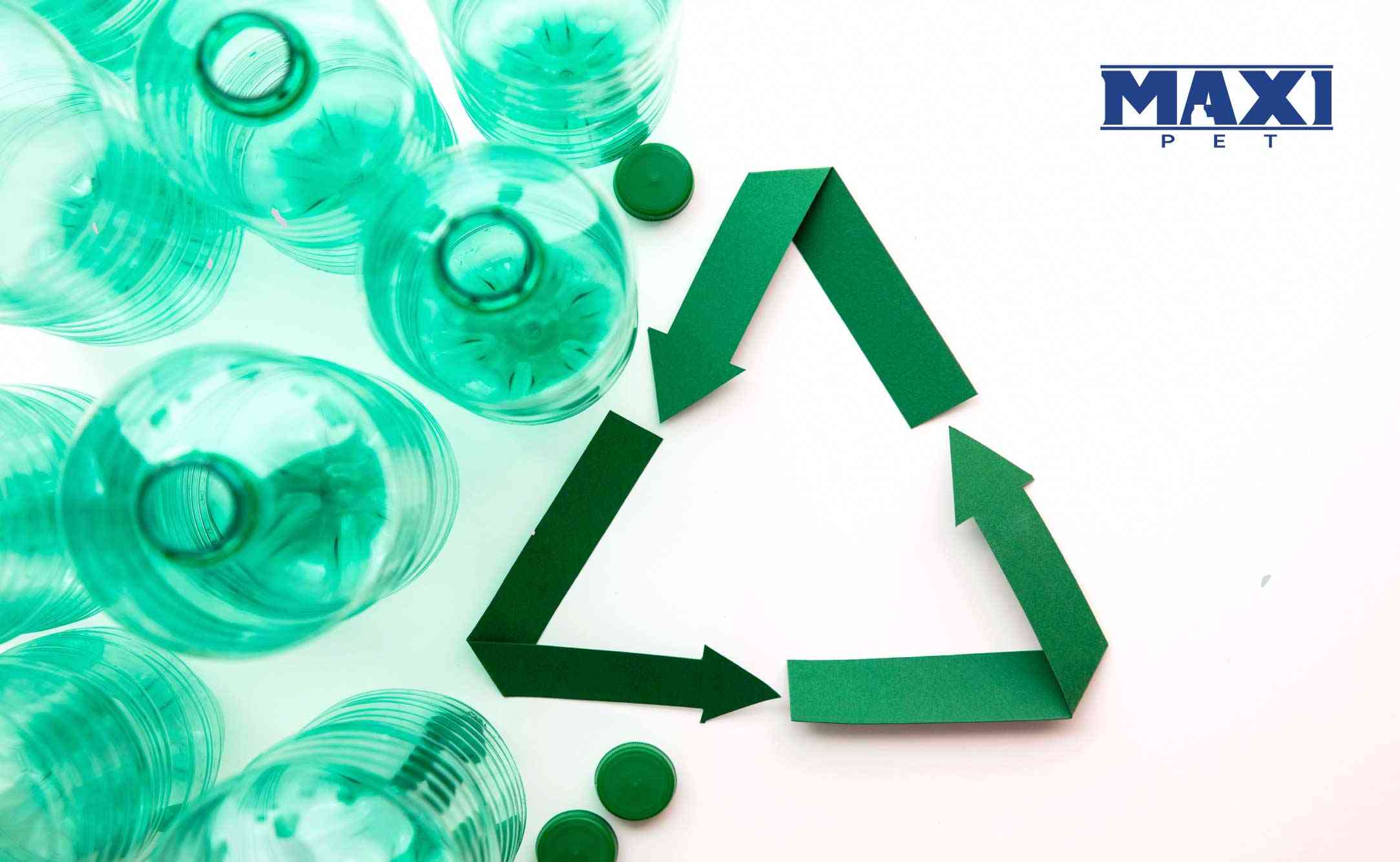How does plastic circularity work?

Sometimes what we think is a negative quality, turns out to be positive, this is what happened in the case of products made from polymeric resins, which was thought at first that the high resistance and difficult degradation were harmful to the environment, turns out to be the agent that makes the plastic circularity possible.
How does plastic circularity work?
The problem lies in the low initiative that existed to separate and collect to promote plastic recycling, this is mainly due to the price of the resin, which is very cheap and it was much easier to manufacture new products than to carry out the entire process. However, this brought with it big problems around the control of plastic waste. Therefore, today the concern has led governments and companies to commit to taking action to solve it.
Advances for the plastic circularity
It is planned that by 2030 the reduction of plastic waste will have decreased by more than 50% and that a good part of the plastic containers that are on the market will have been made of recycled resin.
Advances in the types of recycling used have made it possible to manufacture articles of a quality similar to those made with virgin resin, because chemical recycling or hydrolysis allows the polymer chains to be broken and, therefore, recover the substances that make up the plastic resins that are suitable for recycling by these means.
Plastic circularity presents significant advantages, first and foremost to the environment and sustainability, since plastic waste and the level of carbon emissions emitted in the manufacture of articles would be reduced. On the other hand, it represents a monetary saving since the type of resin is cheaper, in addition, it would help these industries to no longer depend on fossil fuels.



